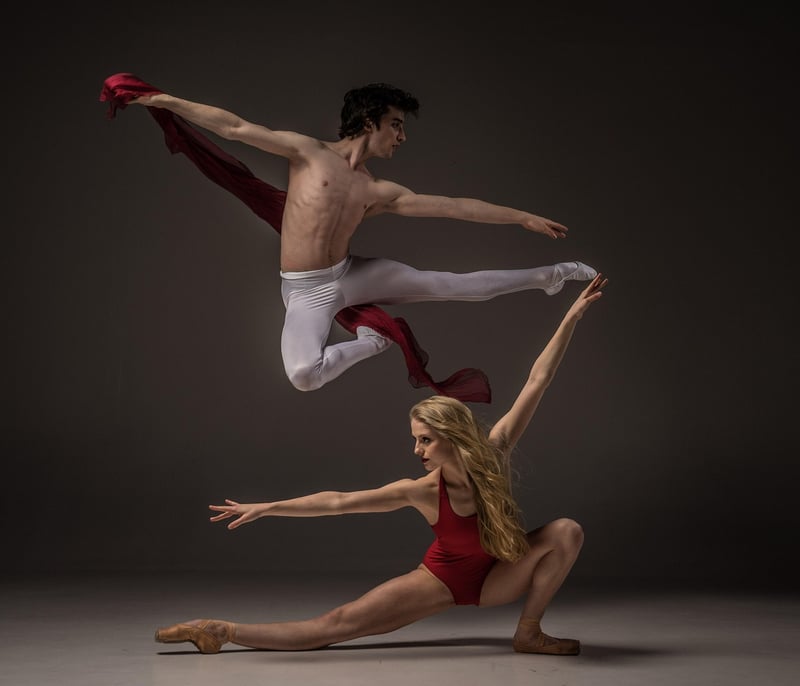Salsa
Exploring the World of Expressive Movement Forms: Salsa Dancing

When it comes to expressive movement forms, few dance styles can match the passion and energy of salsa. Originating in the Caribbean, salsa dancing has captured the hearts of people around the world with its infectious rhythm and sensual movements.
The History of Salsa
Salsa is a fusion of various Cuban, African, and Spanish dance styles that evolved in the 20th century. It incorporates elements of mambo, cha-cha-cha, and other Latin dances, creating a unique and vibrant form of expression.
Key Elements of Salsa
- Rhythm: Salsa is danced to a distinct 8-beat pattern, with quick steps and pauses that syncopate with the music.
- Partner Connection: Salsa is often danced in pairs, with partners using subtle cues to communicate and move together harmoniously.
- Footwork: Salsa footwork is intricate and dynamic, with dancers incorporating spins, turns, and intricate patterns into their movements.
- Body Movement: Salsa requires fluid body movement, including hip rotations, shoulder shimmies, and chest isolations to convey the music's emotion.
Benefits of Salsa Dancing
Salsa dancing is not only a fun and social activity but also offers a range of health benefits. It improves cardiovascular fitness, coordination, and balance while also boosting mood and reducing stress.
Getting Started with Salsa
Whether you're a complete beginner or an experienced dancer, salsa offers something for everyone. Many dance studios and clubs offer salsa classes for all levels, providing a welcoming environment to learn and improve your skills.
So why not immerse yourself in the vibrant world of salsa dancing? Explore the music, movement, and culture of salsa and discover a new way to express yourself through dance!
Get your dancing shoes on and let the rhythm of salsa sweep you off your feet!
